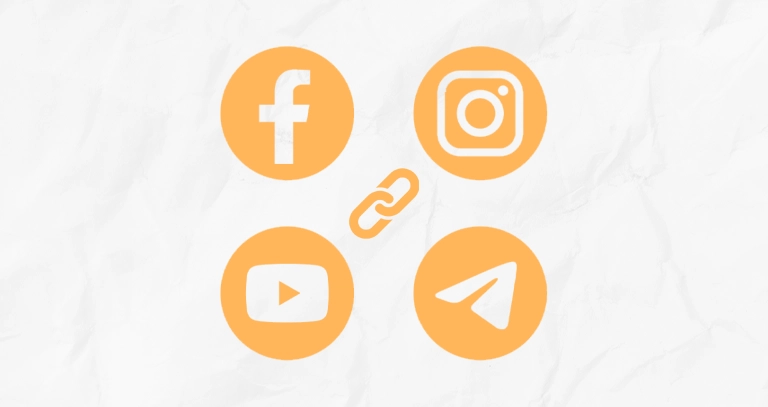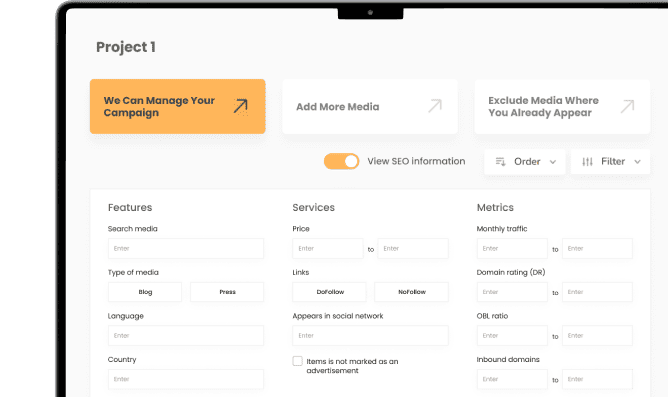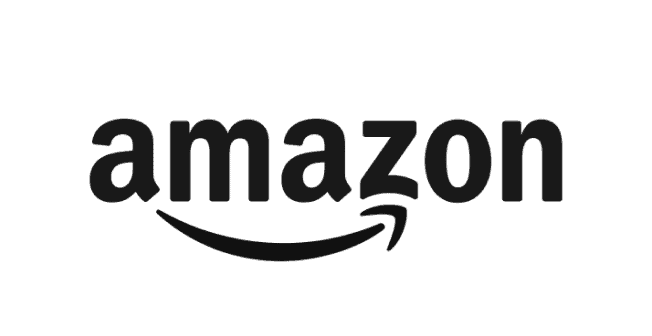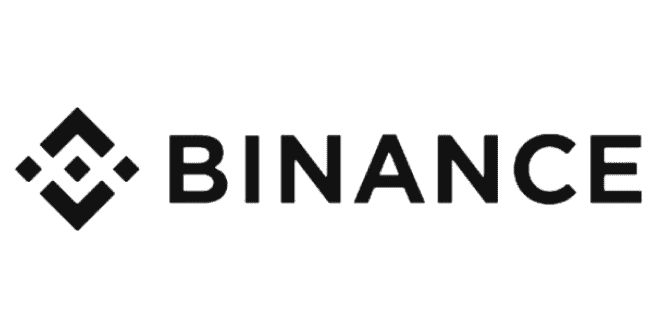At Growwer, we know that when it comes to SEO, one of the most confusing topics is the role of links from social media. Do they really help improve a website’s ranking, or are they just noise? The truth is, these links do have an impact—but not always in the way people expect. In this article, we explain how they work, the real benefits they offer, and how to make the most of them within your strategy.

What Are Social Links and How Are They Generated?
When we talk about social links, we’re referring to the links shared from platforms like Twitter, Facebook, LinkedIn, Instagram, TikTok, and others that point to an external website. These links can appear in posts, bios, comments, or even video descriptions.
Unlike traditional backlinks (which come from media sites, blogs, or forums), social links usually don’t pass direct authority, since most platforms label them as nofollow. However, their role in a digital visibility strategy goes far beyond that technical attribute.
These links can be generated organically when users share content they find valuable, or as part of a planned strategy initiated by the brand or business itself.
Are Social Media Links Good for SEO?
This is one of the most common questions we hear. And while the short answer is “they don’t provide direct authority,” the reality is much more complex—and more interesting.
Google has confirmed multiple times that links from social networks don’t transmit PageRank because they’re marked nofollow. However, that doesn’t mean they’re worthless for SEO. In fact, they send meaningful signals about a page’s popularity, relevance, and freshness.
At Growwer, we’ve seen how a solid social distribution strategy can accelerate indexing, boost visibility for new pages, and open the door to natural backlinks when other sites discover your content through social media.
In addition, these links:
- Increase the initial traffic to newly published pages.
- Improve brand recognition (branded searches).
- Help build social signals that Google considers at the entity level.
Indirect Benefits of Social Links for SEO
While they don’t directly influence Google’s algorithm like traditional backlinks do, social links offer collateral effects that benefit SEO:
1. Greater Visibility and Web Traffic
When a link is shared on social media, it can reach thousands of users in a short time. This can increase traffic and improve metrics like time on page or bounce rate—if the content meets expectations.
2. Faster Indexing
Google frequently crawls major social media platforms. So, if we publish new content and link to it from our social profiles, it’s more likely to be indexed quickly.
3. Virality and Natural Backlinks
A post shared on social media can go viral and reach media outlets, blogs, or forums—places where dofollow backlinks can be generated. We’ve seen many cases where a social post sparked several valuable organic links.
4. EEAT Reinforcement
When a brand or author is frequently mentioned on social media and their content circulates across different profiles, it reinforces their digital authority and reputation. These signals directly align with Google’s EEAT philosophy (Expertise, Authoritativeness, Trustworthiness), which is especially important in competitive niches.
Common Myths About Social Media Links and SEO
Let’s debunk a few widespread misconceptions:
- “Social media links are useless because they’re nofollow” → False. While they don’t pass authority, they do influence visibility, indexing, and traffic.
- “They don’t impact SEO, so there’s no need to share content” → Wrong. If you don’t share your content, it’s much less likely others will either.
- “Only links from major media outlets help with SEO” → Incomplete. Social media links can be the first step toward earning those media links if they spark interest.
- “Posting on social is just for engagement, not SEO” → Increasingly false. SEO is now a multi-channel effort—and social media is part of that mix.
How to Use Social Media to Strengthen Your SEO Strategy
At Growwer, we recommend incorporating social media into any link-building or visibility strategy. Here are some practical tips:
✅ Choose the Right Platforms
You don’t need to be on every social network. Focus on the ones where your audience is active (LinkedIn, Twitter/X, Instagram, TikTok…) and where the content format aligns with your goals.
✅ Share Optimized, Eye-Catching Content
Just dropping a link isn’t enough. Pair it with a compelling message, an eye-catching image, or a summary that encourages clicks. Always think about how to deliver value to the user.
✅ Make Sharing Easy
Include visible sharing buttons on your site, actively encourage sharing, and even tag relevant users or accounts to increase reach.
✅ Repurpose and Reoptimize Content
The same article can be shared multiple times by changing the angle, image, or format. This multiplies your chances of reaching new audiences.
✅ Use UTMs to Track Results
When sharing links from social platforms, add UTM parameters to track which network brings in the most traffic, what type of content performs best, and how it impacts conversions.
When Social Links Make a Difference
We’ve seen many scenarios where social links played a key role:
- New content launches: A site with little authority can use social media to drive its first visits and speed up indexing.
- Evergreen content: A strong, timeless post can be reshared several times throughout the year to maintain steady traffic.
- Viral content: If a post goes viral on Twitter or LinkedIn, it can lead to mentions on blogs, interviews, or even press coverage.
- Online reputation: When managing a brand’s reputation, spreading positive content on social media helps push it higher in search results.
How to Get Links That Do Pass Authority
We’ve made it clear that social links have their place in an SEO strategy. But if your goal is direct authority, you’ll need dofollow links from reputable sites with real traffic and relevant topics.
These are the kinds of links Google does consider as authority signals—and they’re essential for climbing SERPs sustainably.
Where can you get these links?
That’s where a platform like Growwer comes in. We connect brands and projects with high-quality media outlets and blogs that offer real, editorial backlinks.
Instead of wasting time reaching out to hundreds of sites with no response—or risking links from questionable sources—at Growwer:
- We work with over 30,000 verified media outlets, categorized by niche, authority, and traffic.
- You get transparent information for each media: SEO metrics, prices, past content examples, and more.
- You can filter by country, niche, link type (dofollow/nofollow), language, and authority level.
- We offer a fast publication system managed by experts.
On top of that, our advisors help you design a custom strategy based on your goals—whether that’s improving EEAT, targeting specific keywords, diversifying your link profile, or boosting brand visibility.
So, Is It Worth Focusing on Social Links?
Absolutely, yes.
While they don’t provide direct authority, social links are a powerful tool in any modern SEO strategy. They help distribute content, speed up indexing, drive traffic, strengthen branding, and create opportunities for natural backlinks.
From our experience at Growwer, we encourage all businesses and content creators not to underestimate the power of social media within the SEO ecosystem. It’s a lever that, when used strategically, can make a real difference.







